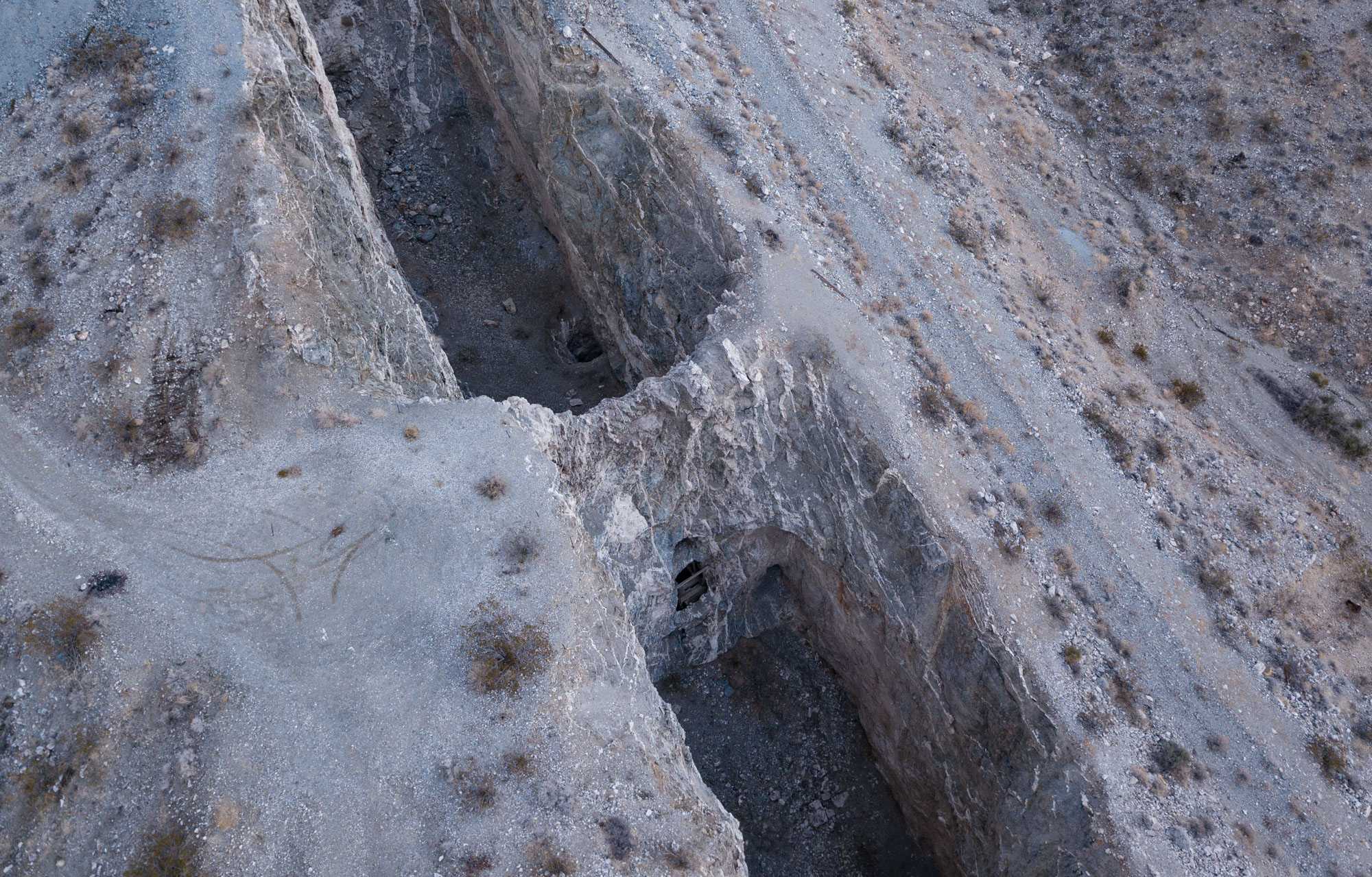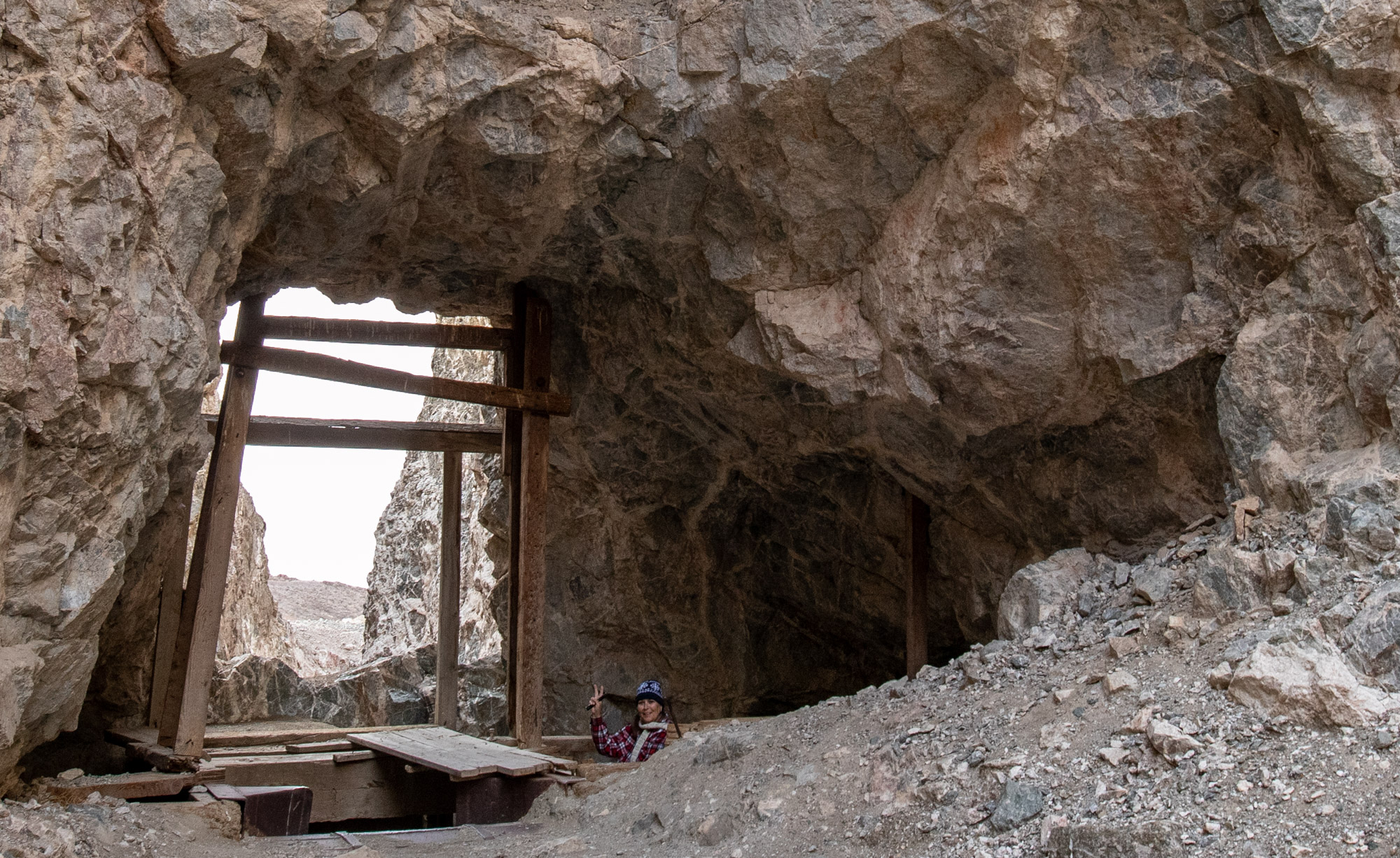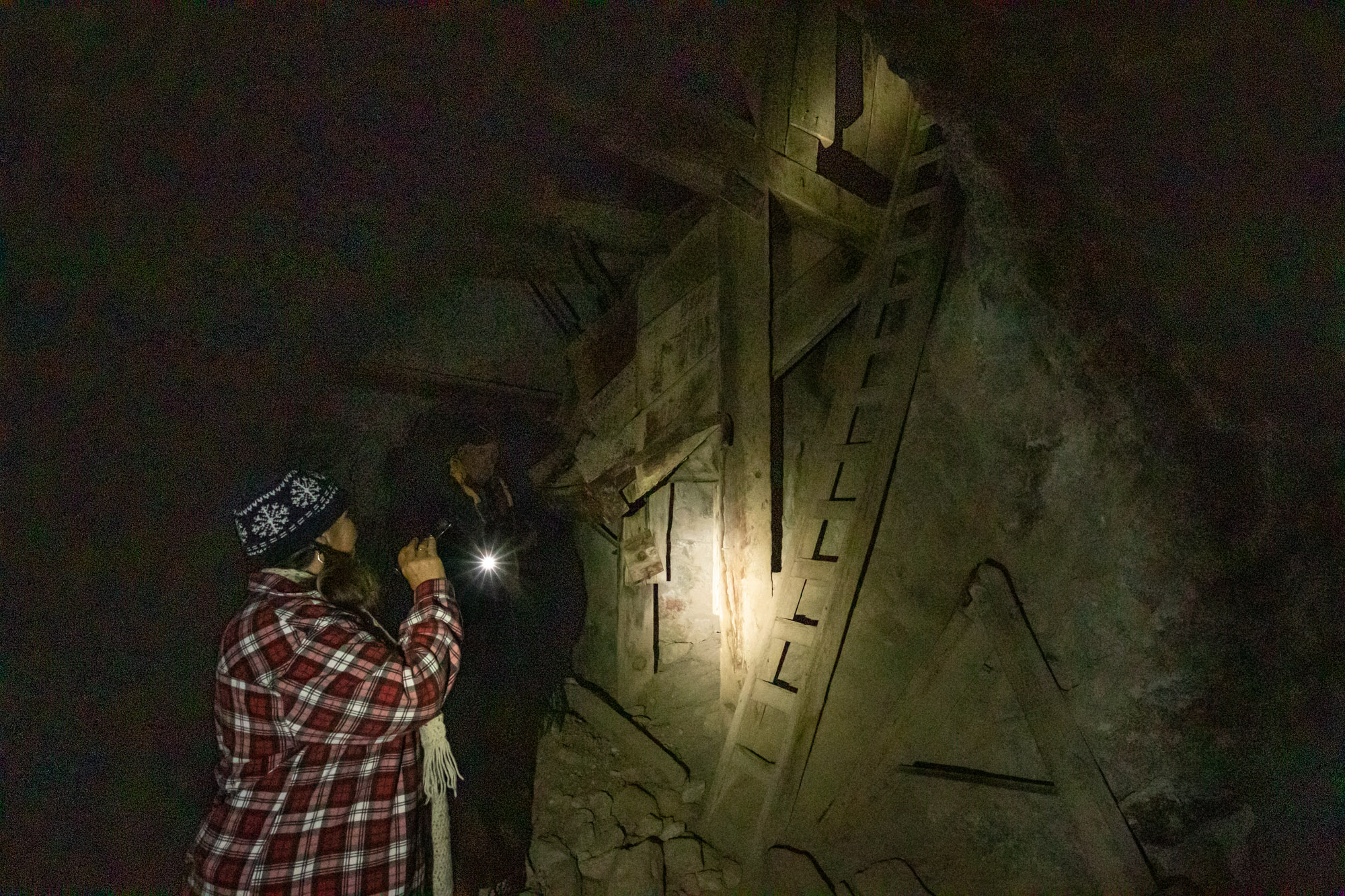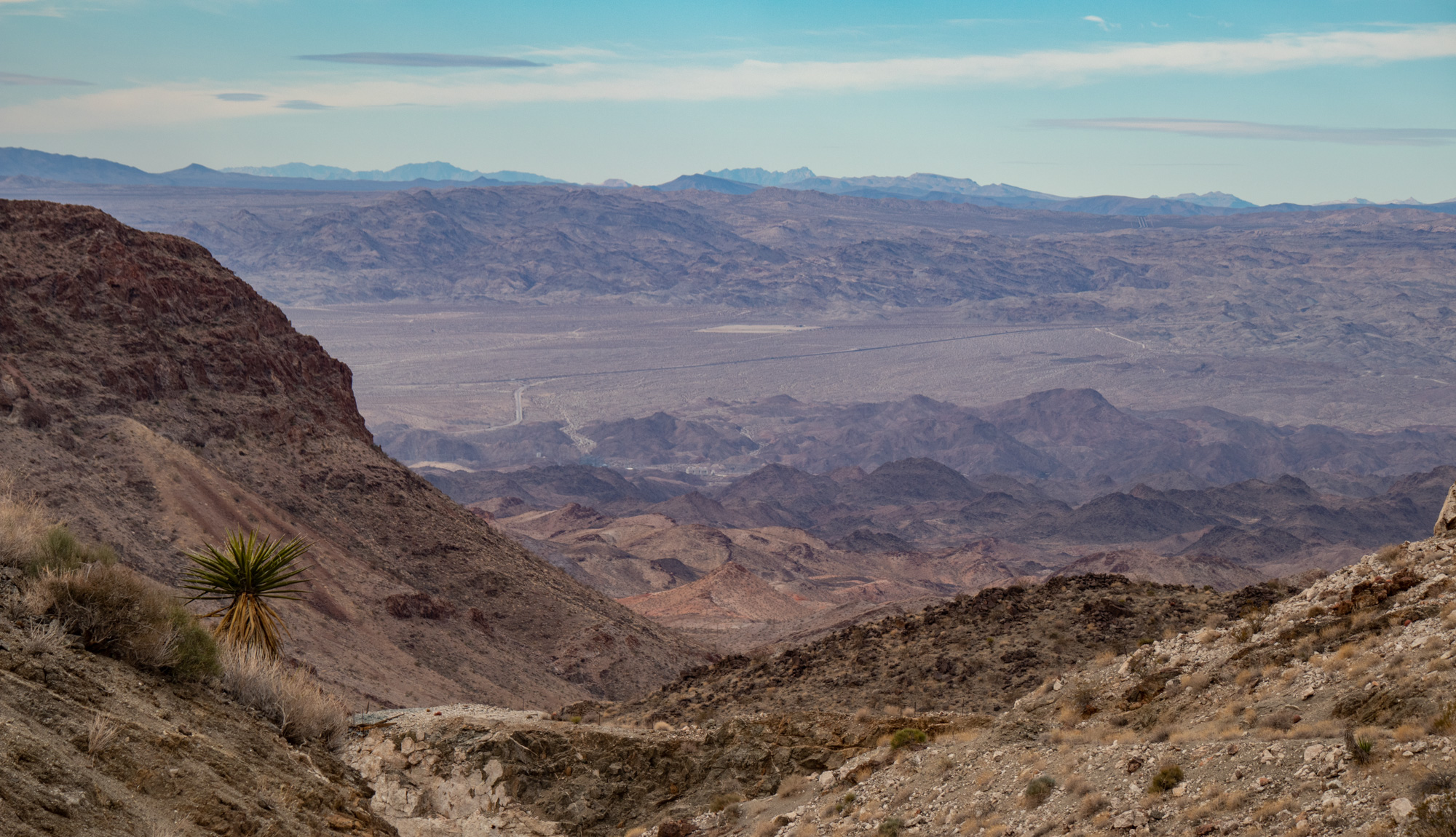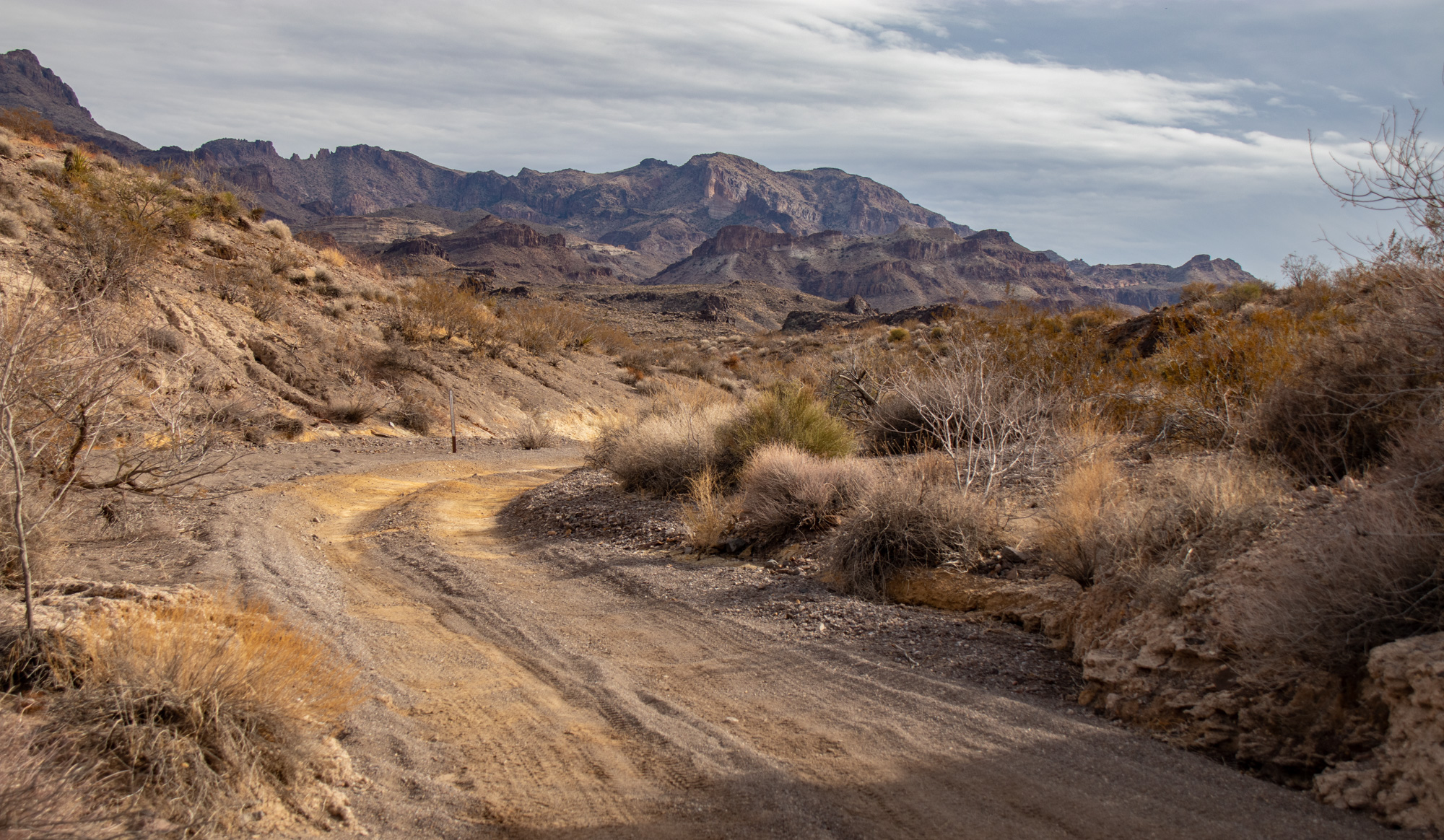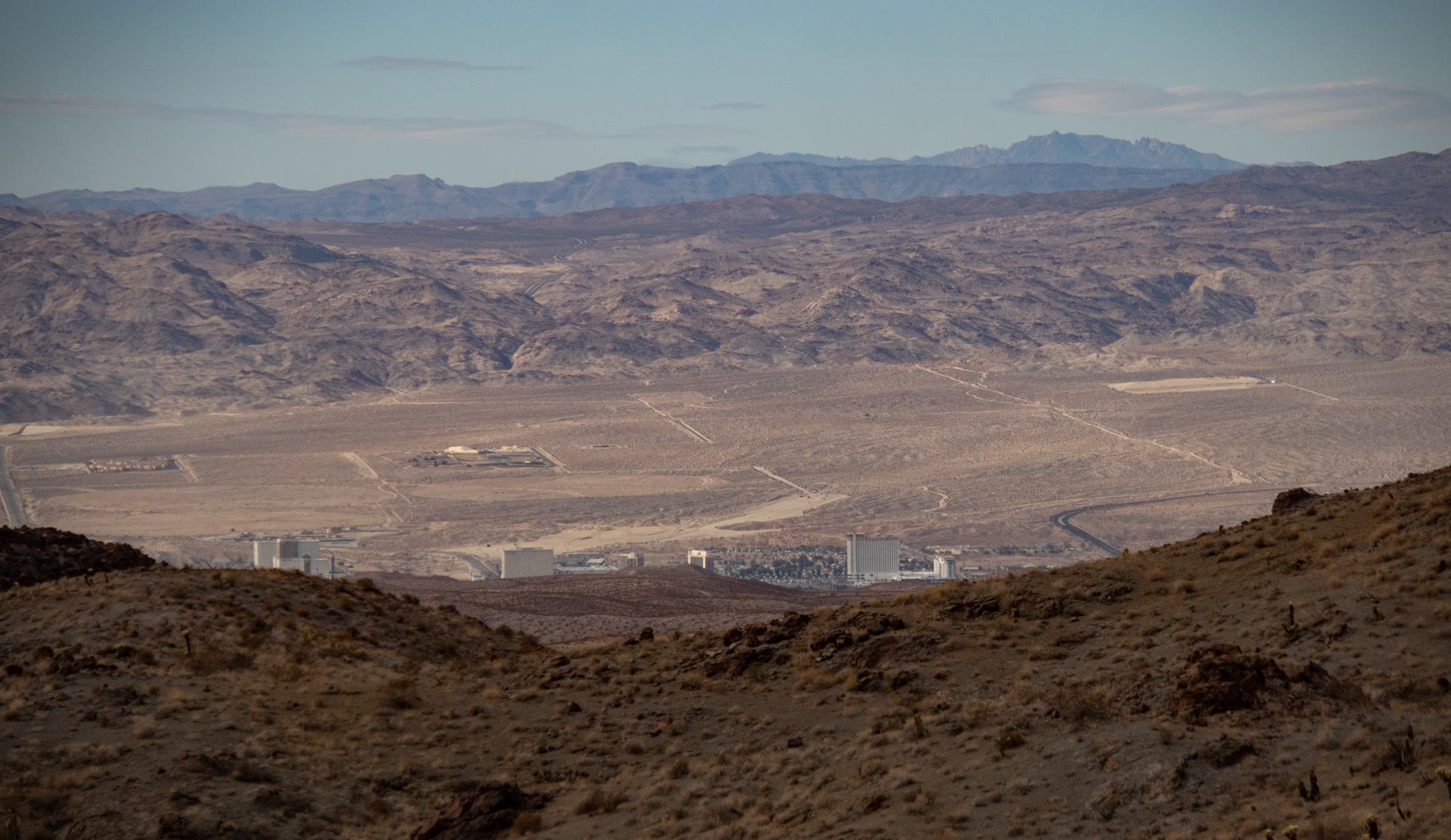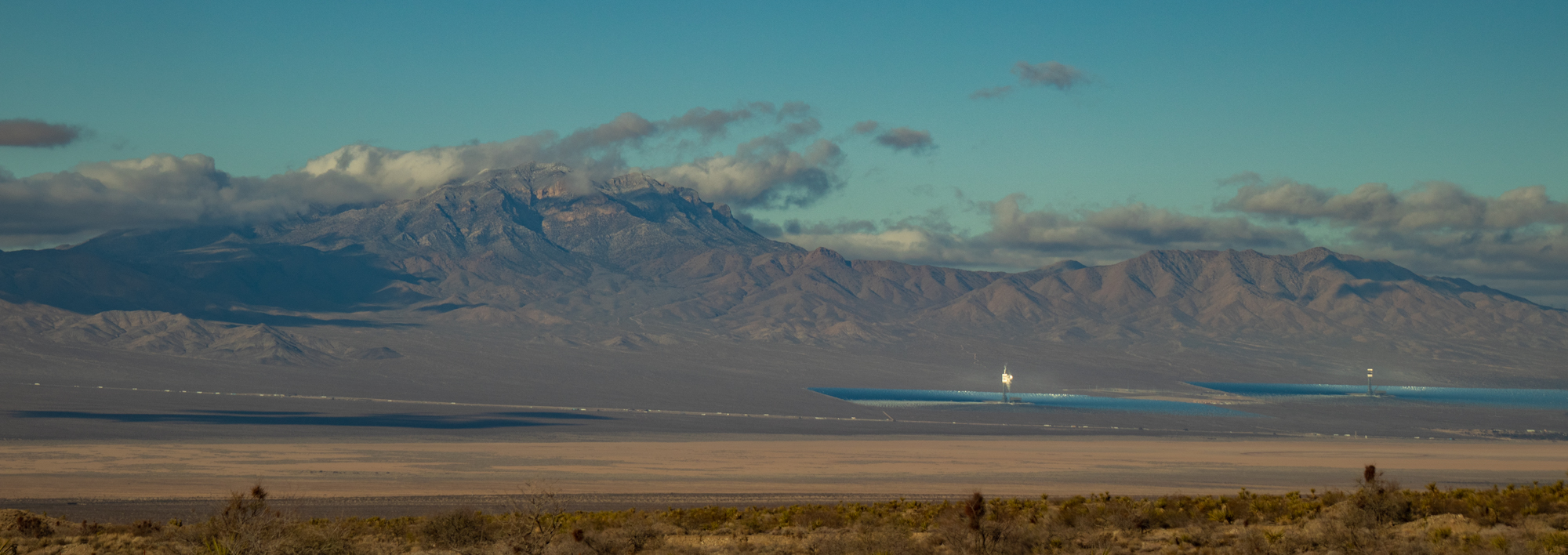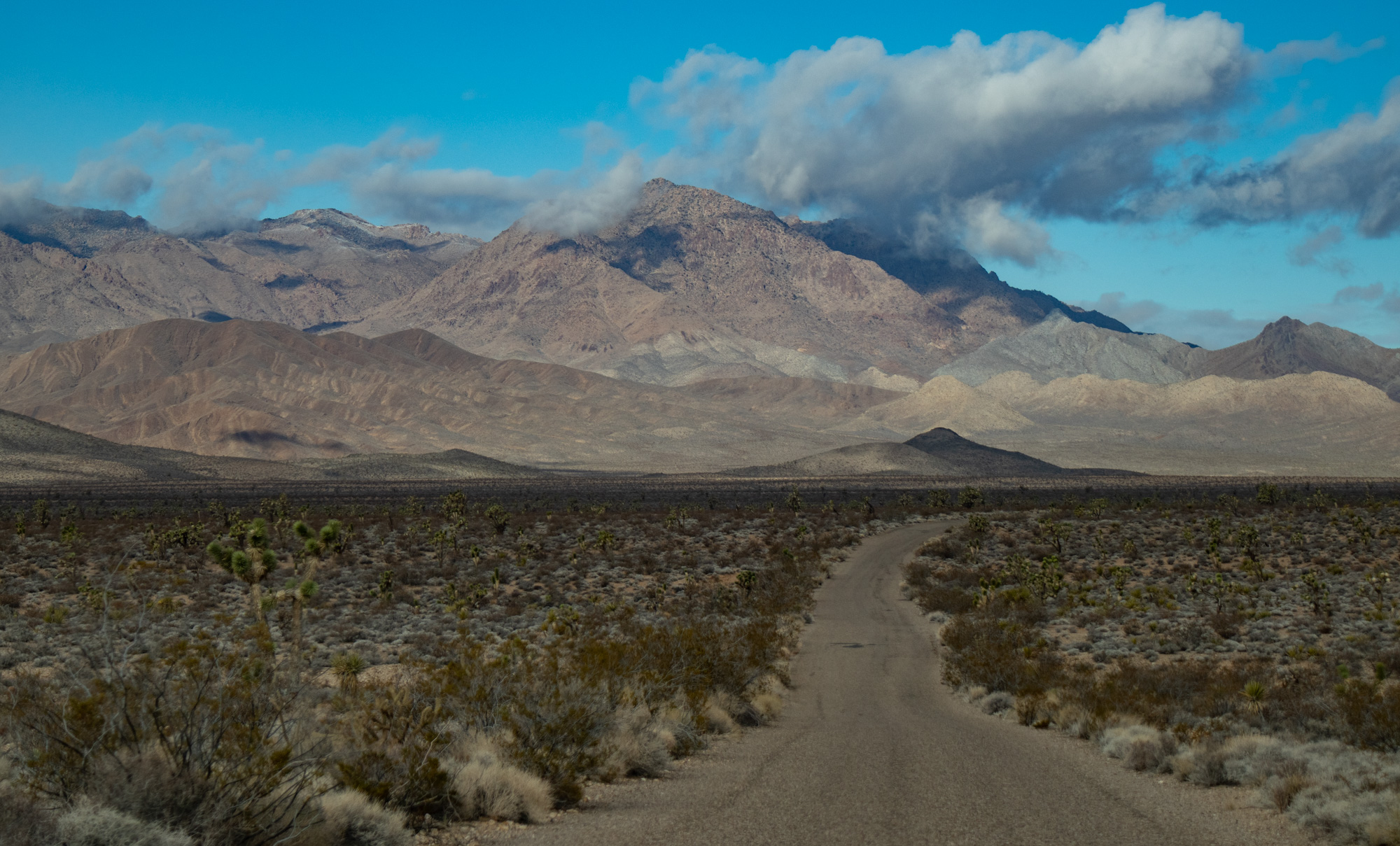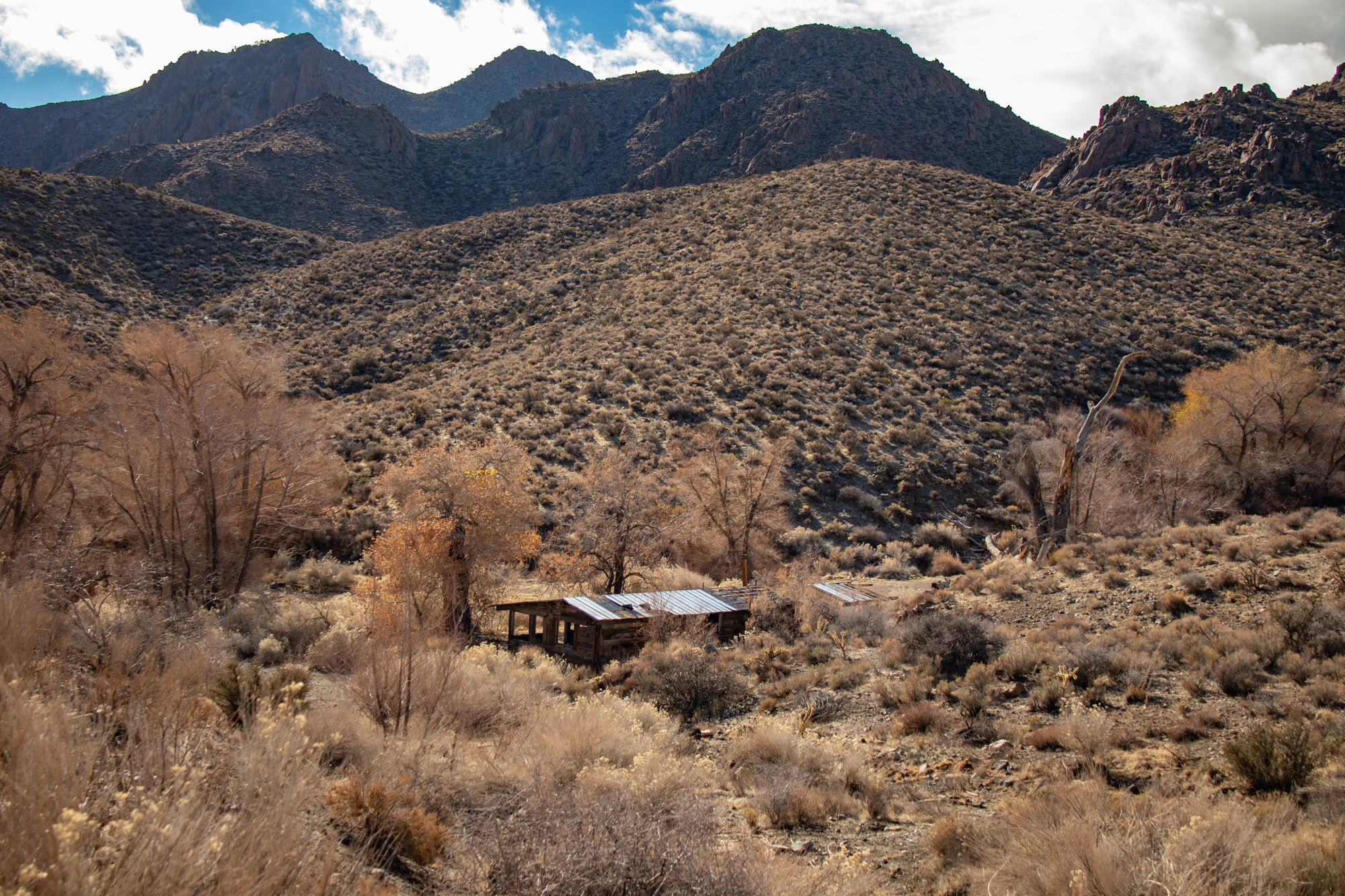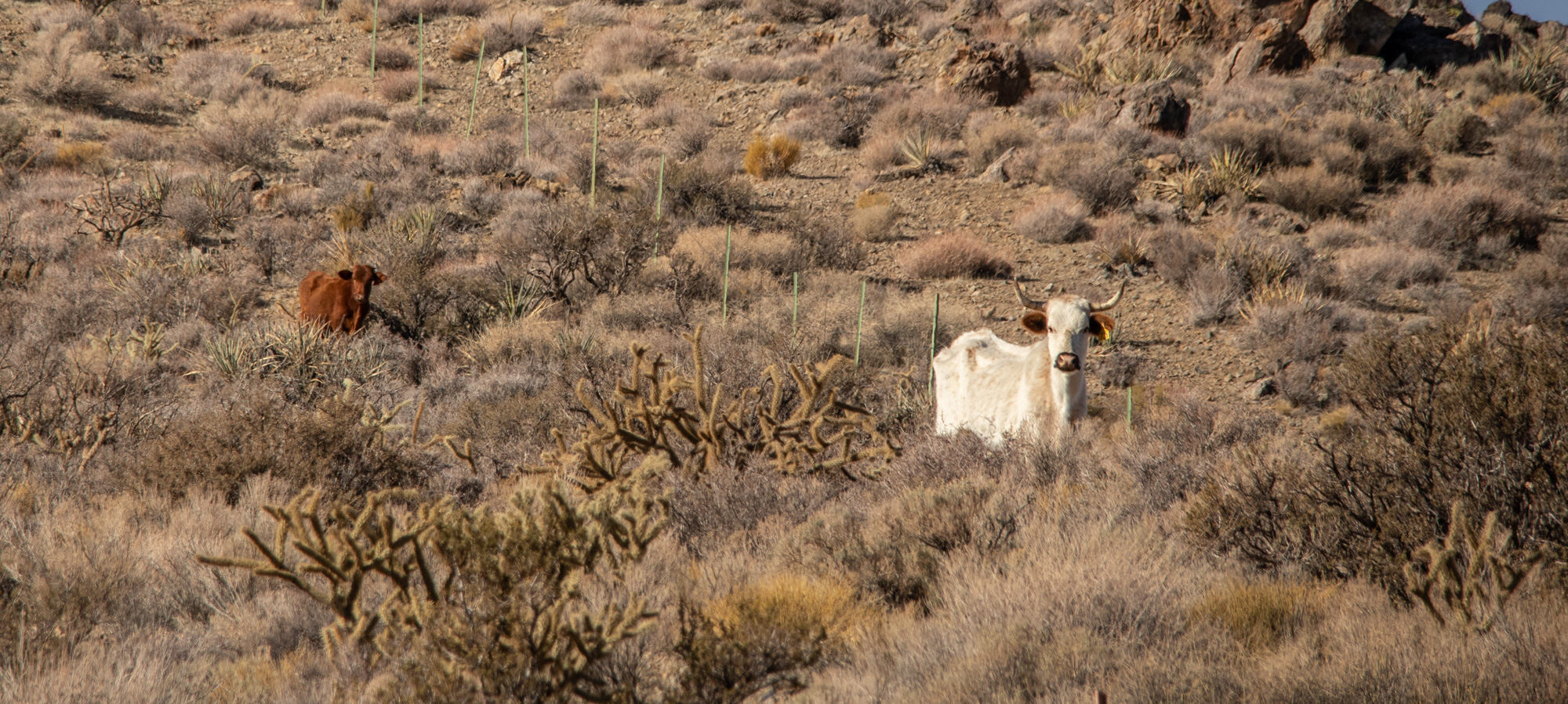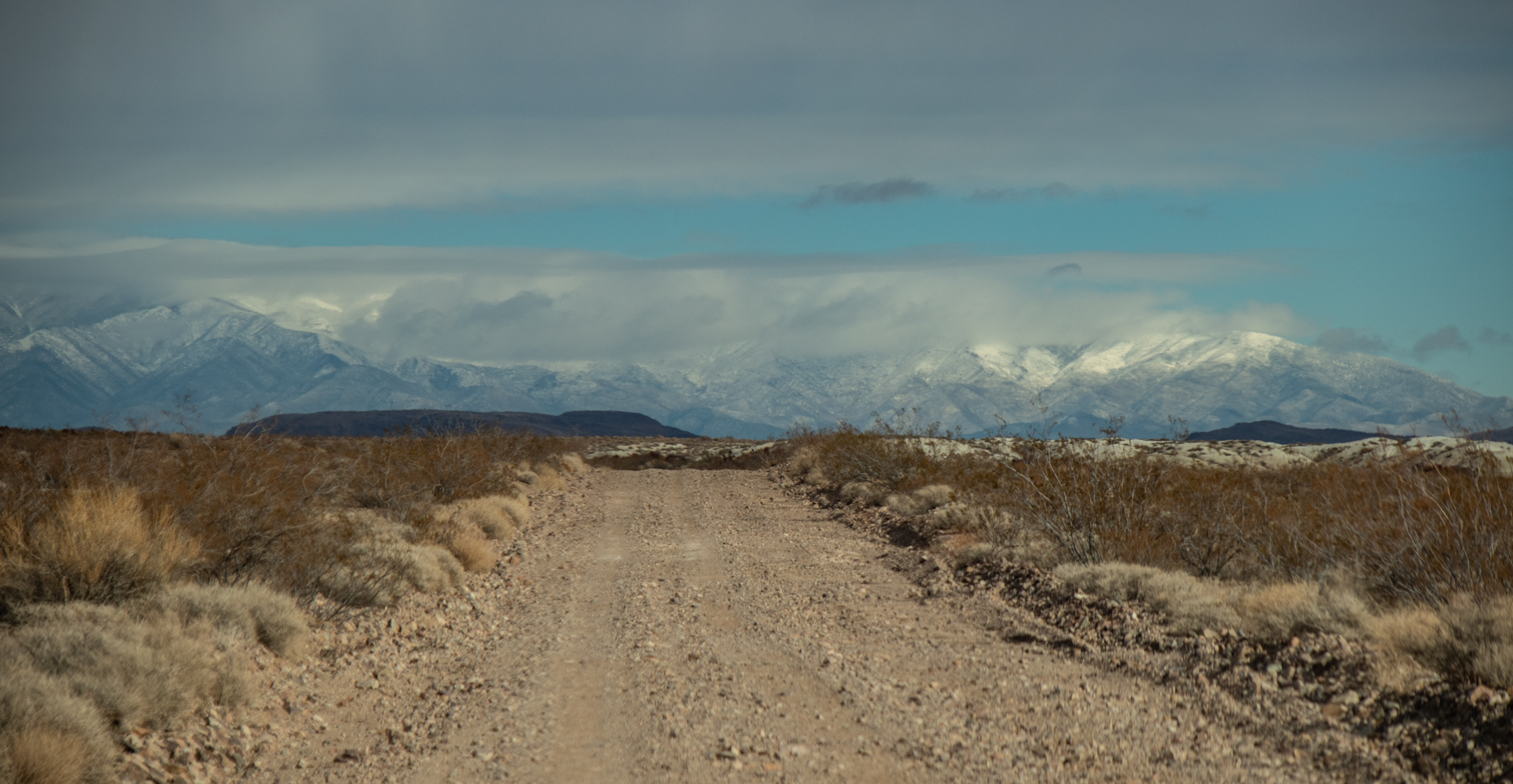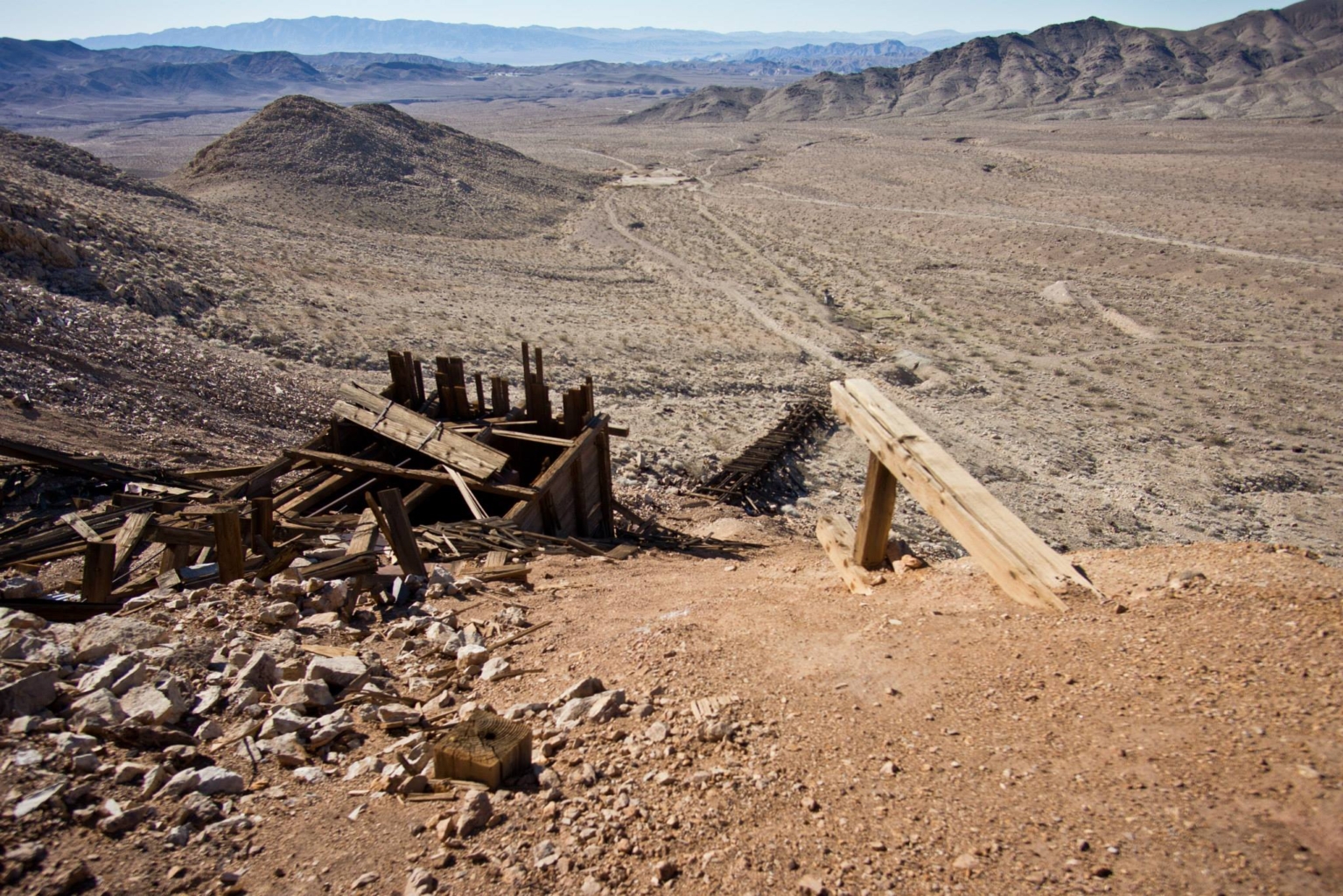1MK
ExploreDesert
Enjoying this very much, and looking forward to more. Love that general area.
R
Thank you. Yeah, the entire area of the Mojave Desert in this region is fantastic. From further south and all the way up into Death Valley. I've only just touched on it, so much more to explore.
Thanks for the great pics and commentary.. looking forward to the rest.
Thank you.
Thank you for sharing! We have missed DV trips for the last 2 years, your pics and stories are appreciated.
Yeah I had a quite long absence from my trips and it feels great to be out again. Made me appreciate it and showed how much I missed it.
Excellent
Great report. Your knowledge of the area is impressive.
Not so much my knowledge, but research of it. I supplied links to the source of every quote. A lot of people put a lot of hard work into sharing what's out there and am very thankful for that.
Thanks for sharing this excellent report and really great photgraphs. What are you shooting on?
Main camera is a Canon EOS M5 with a variety of lenses, Mavic Pro and a few GoPro 9 pics as well. I edit everything in Lightroom to give it the pop I personally like.
Excellent content and photos.
Thanks.







